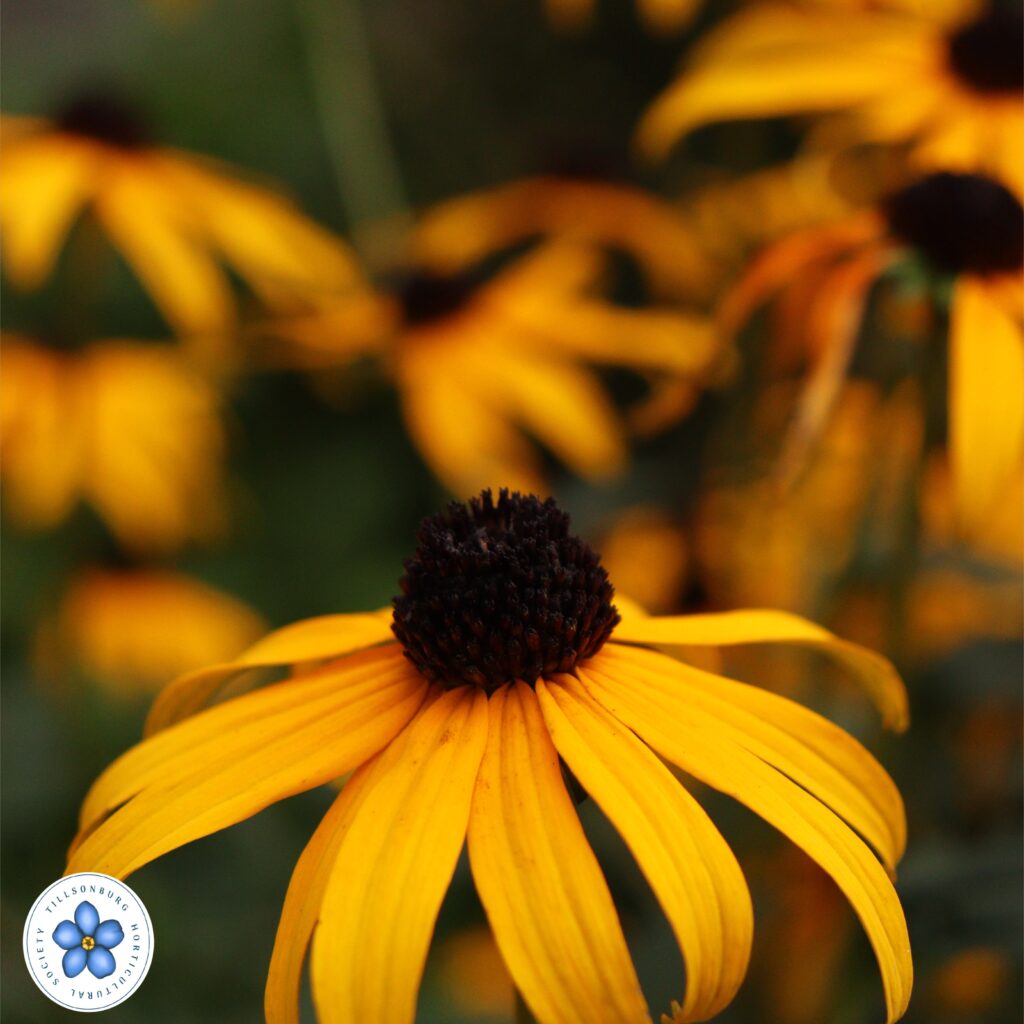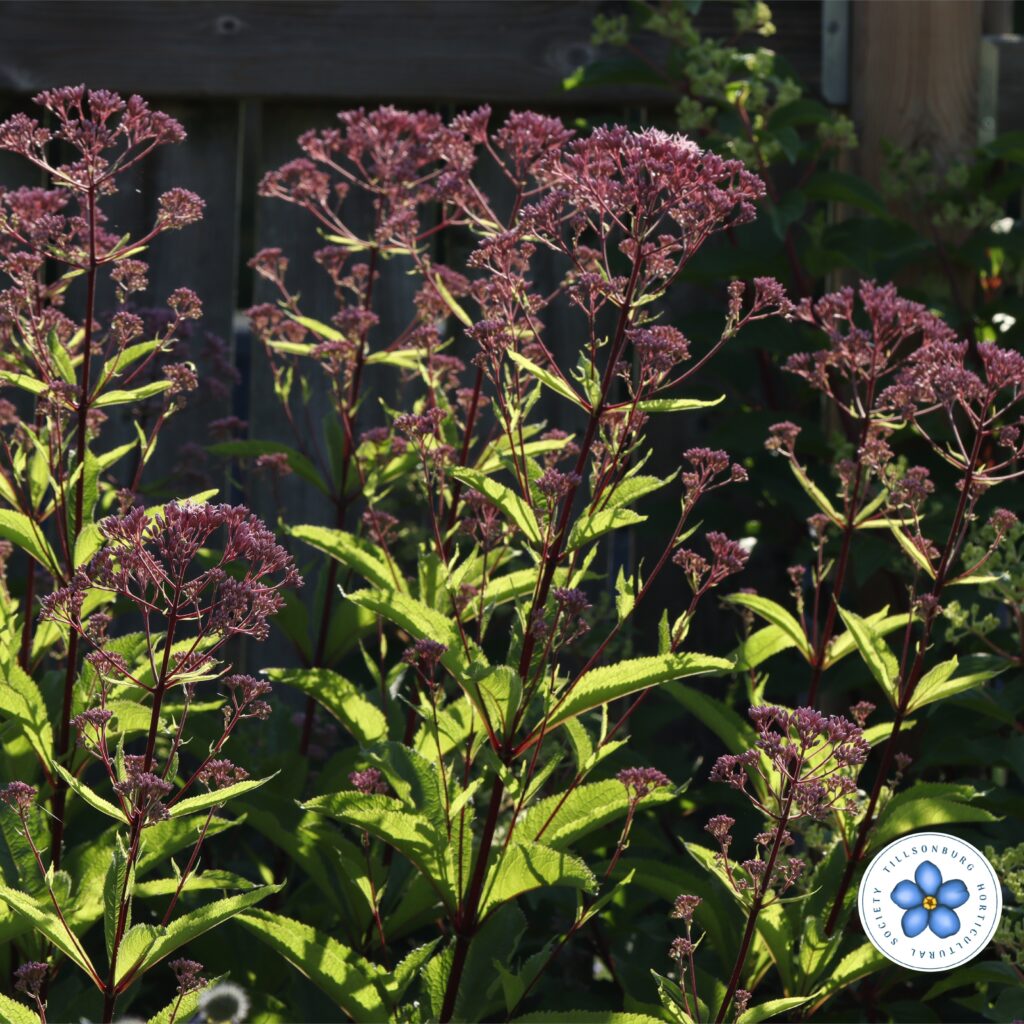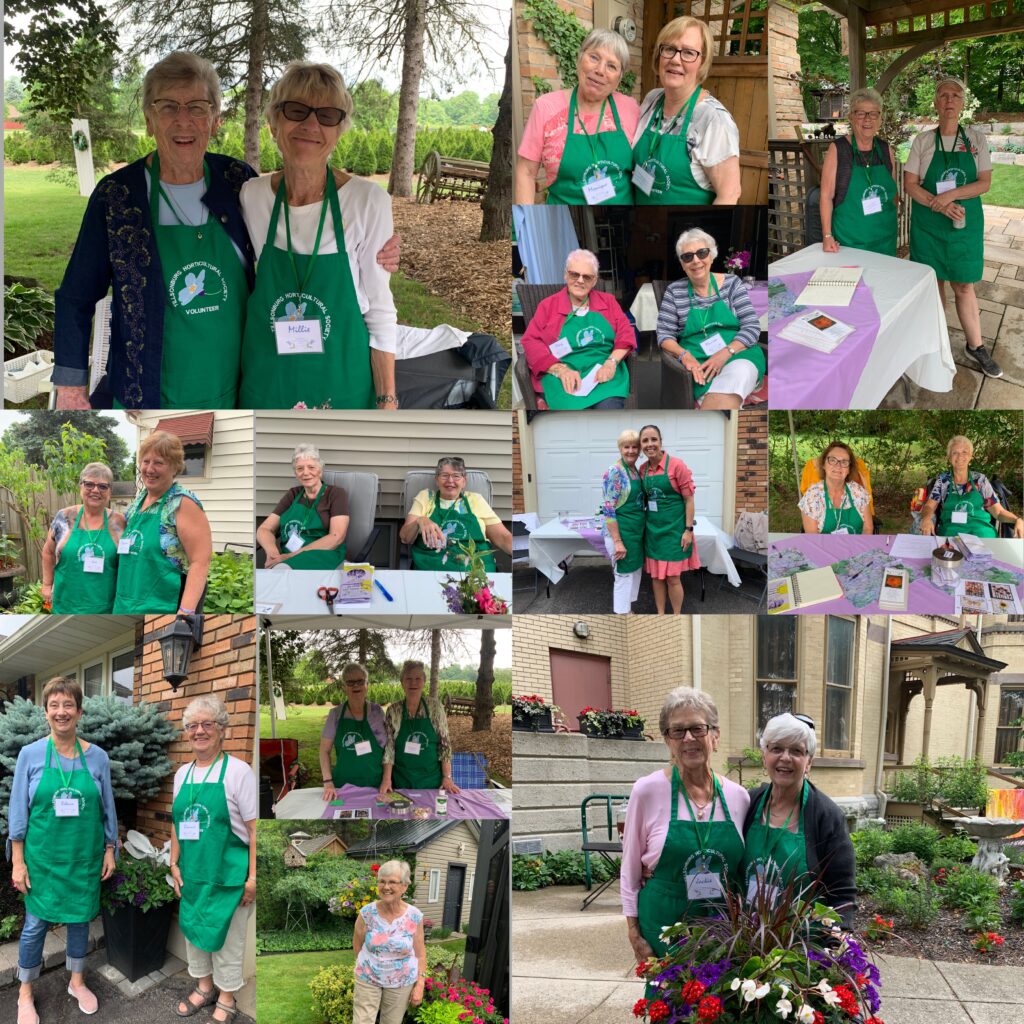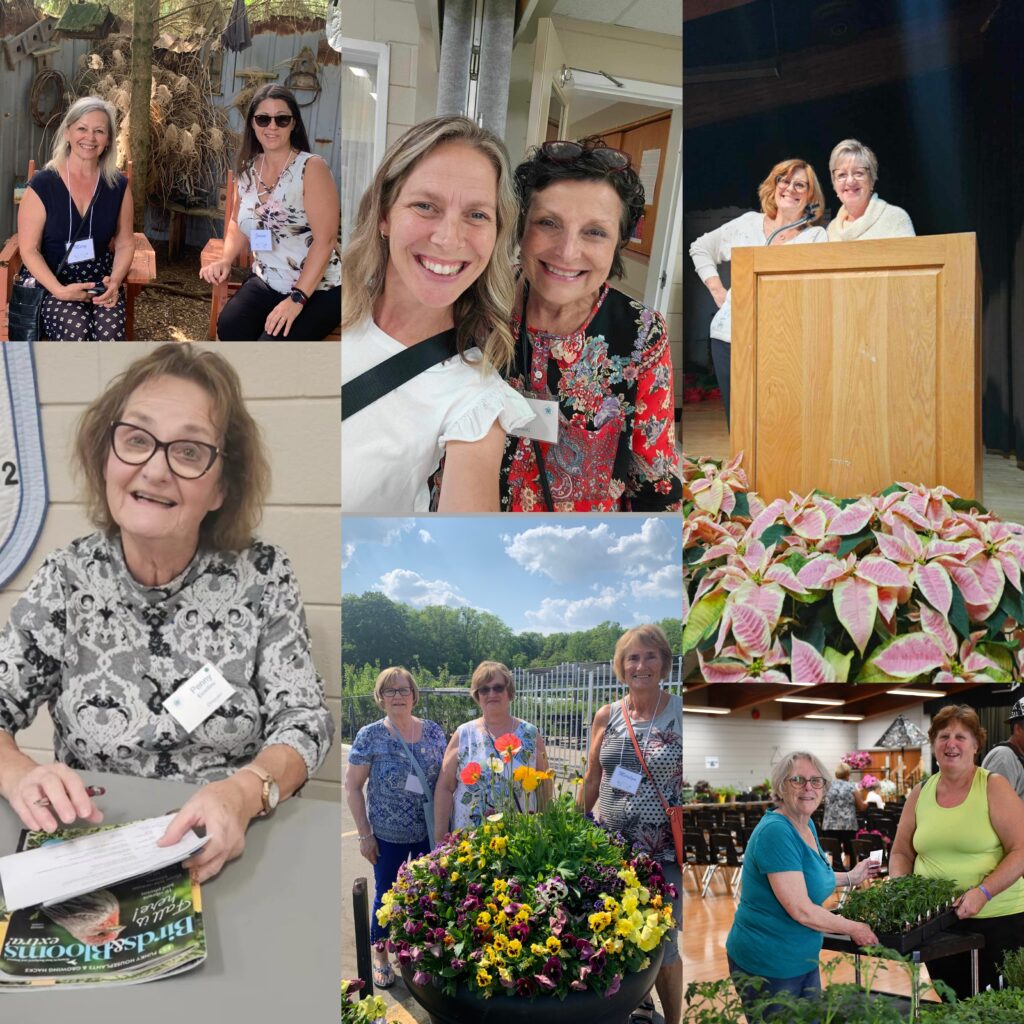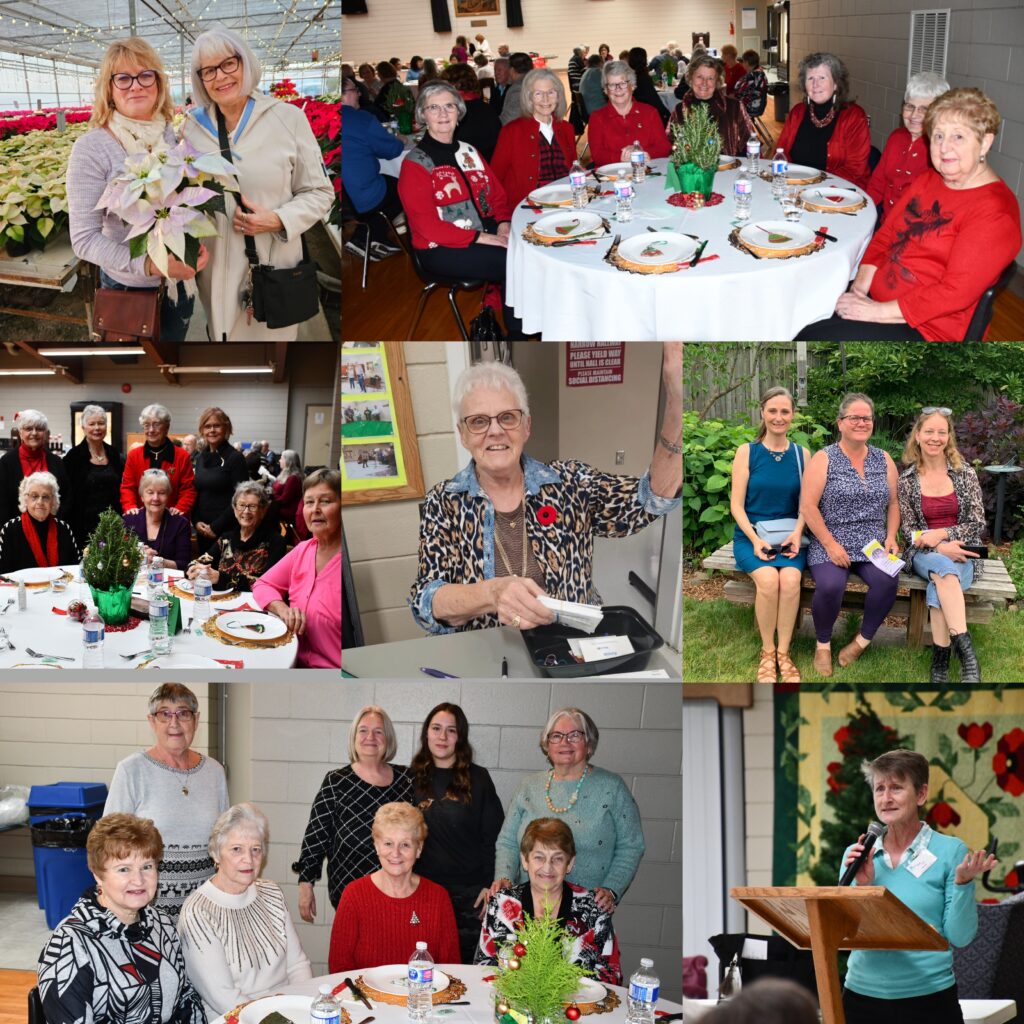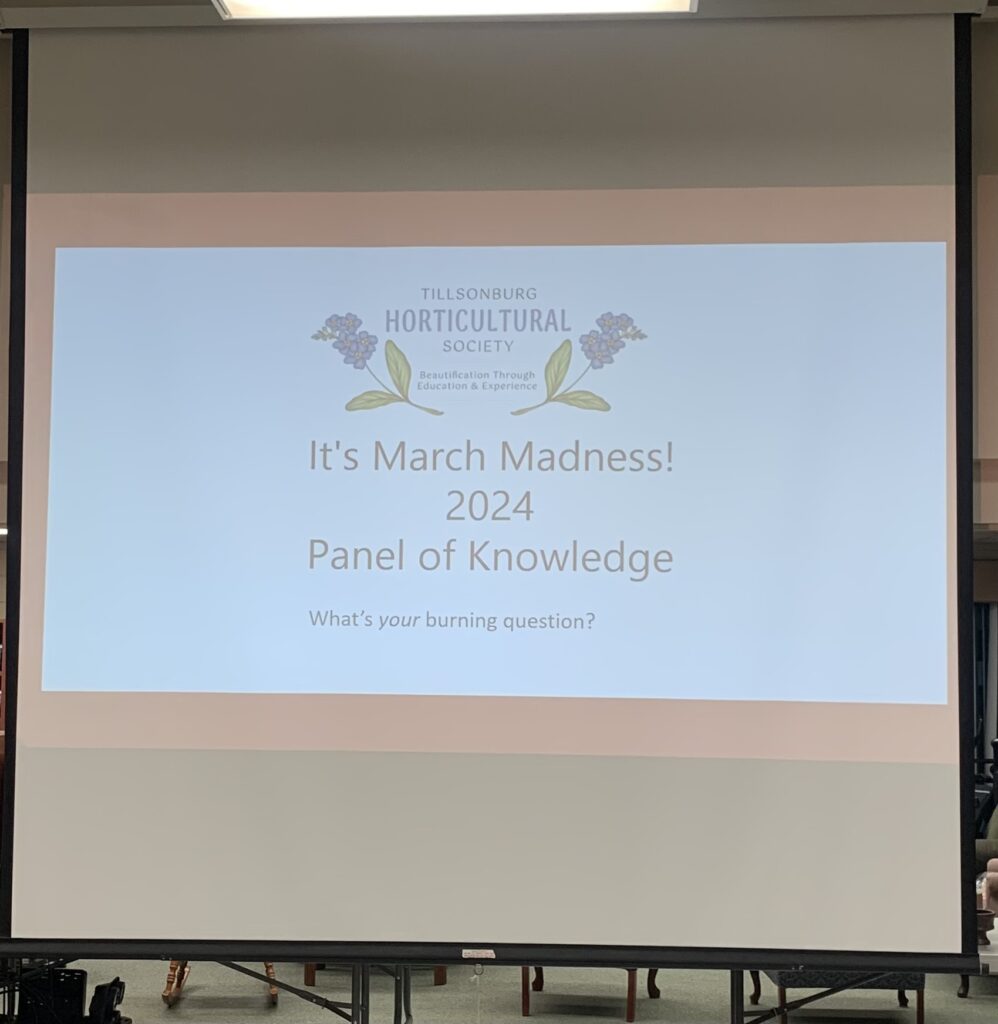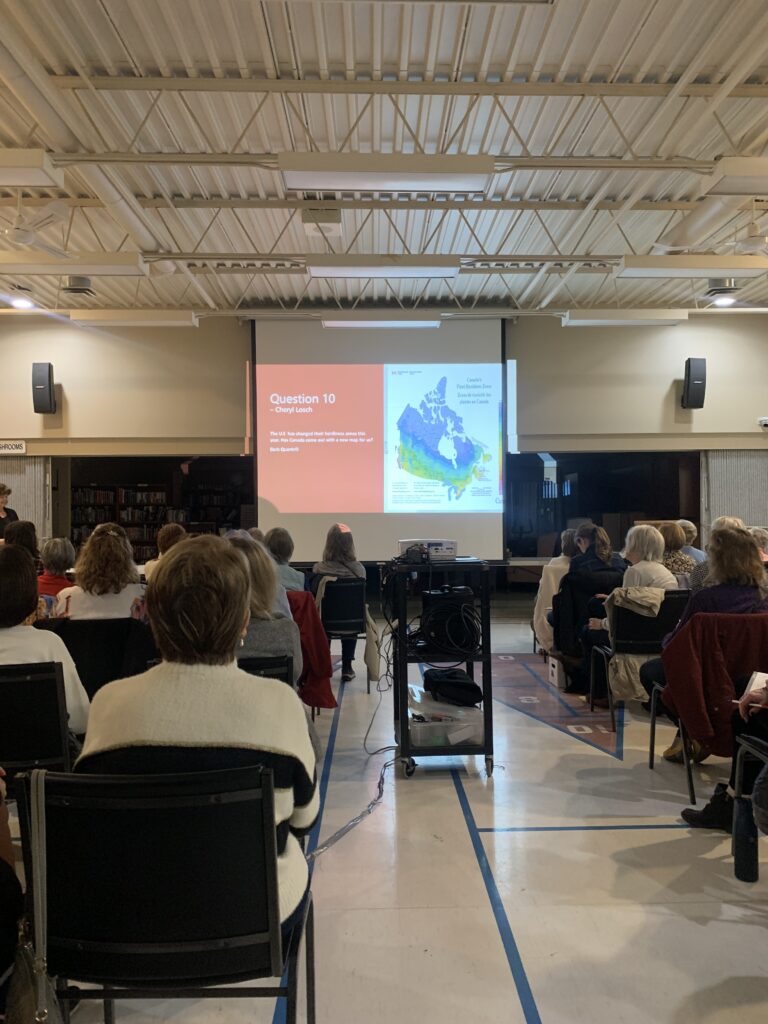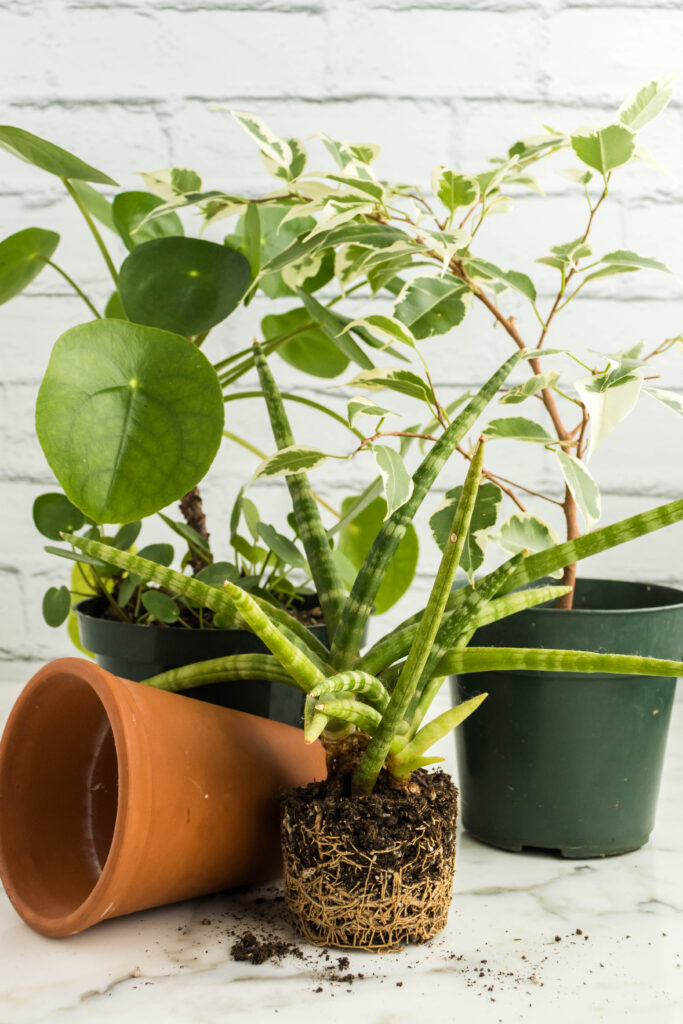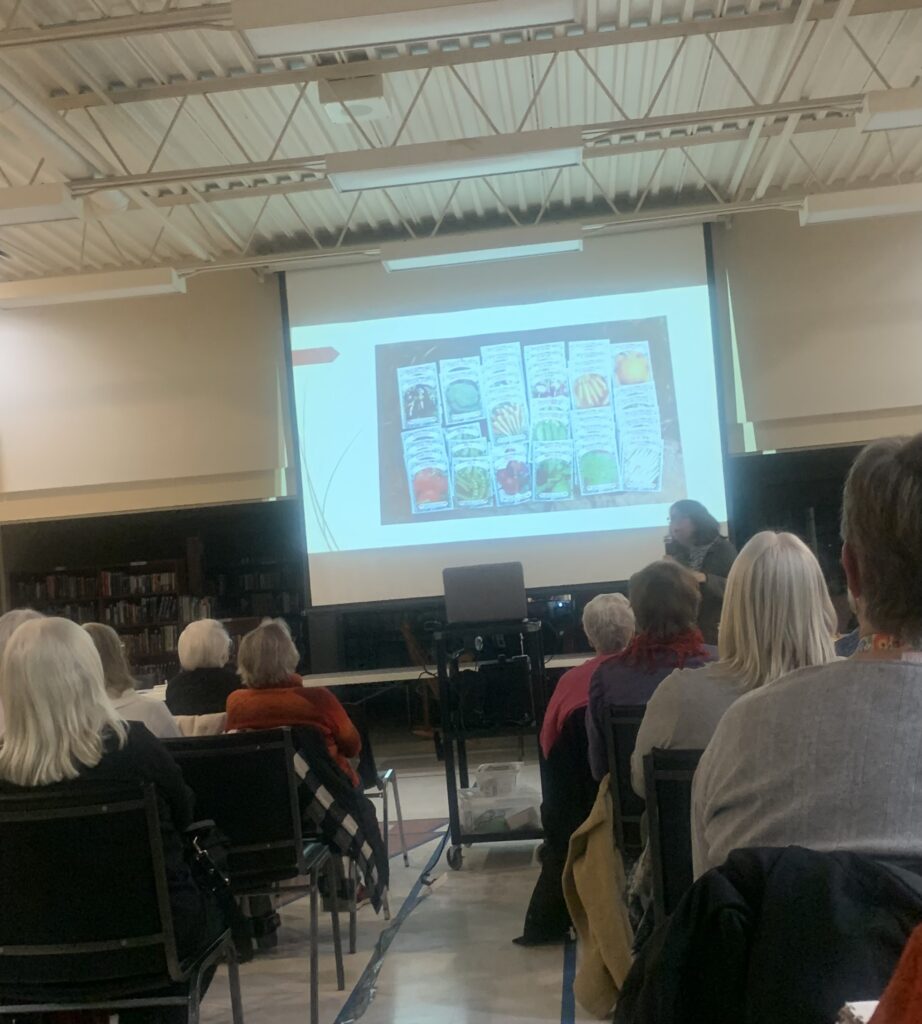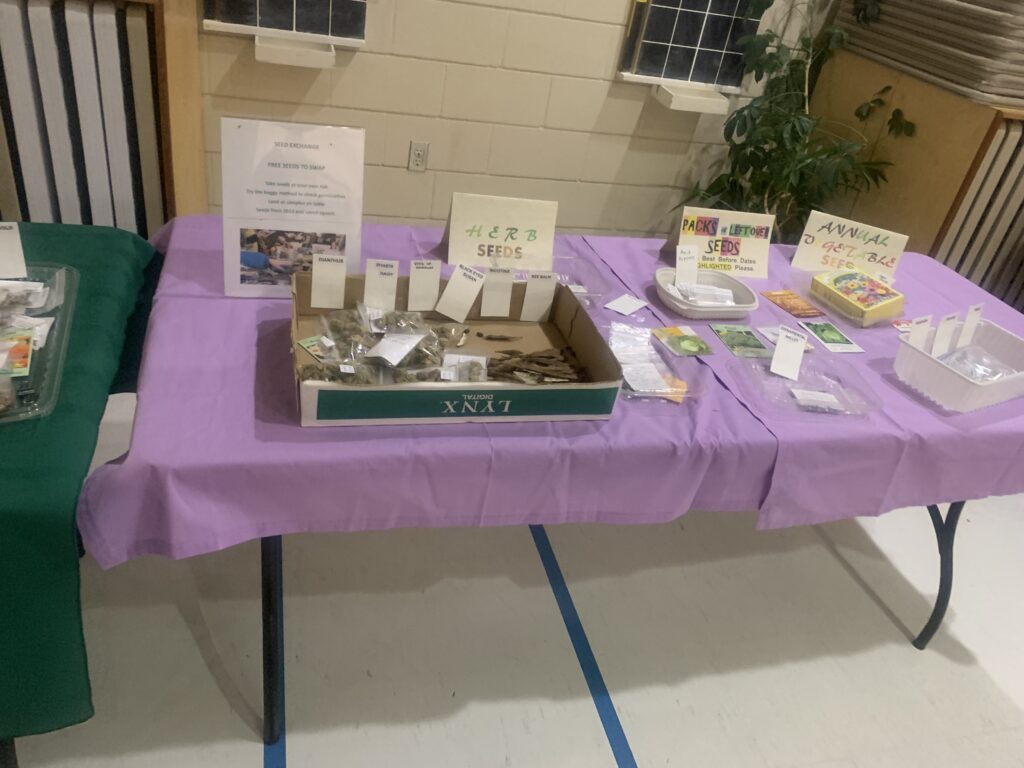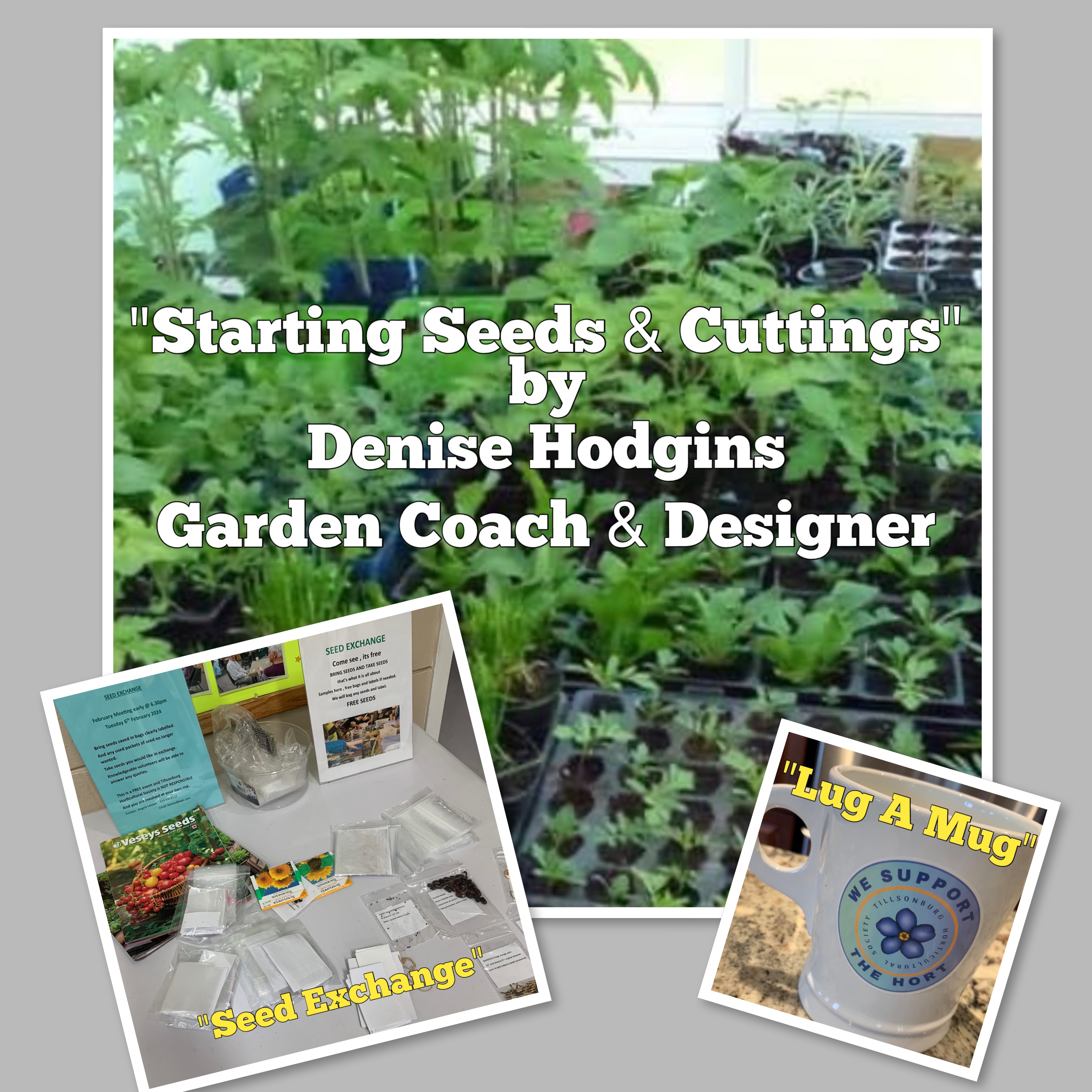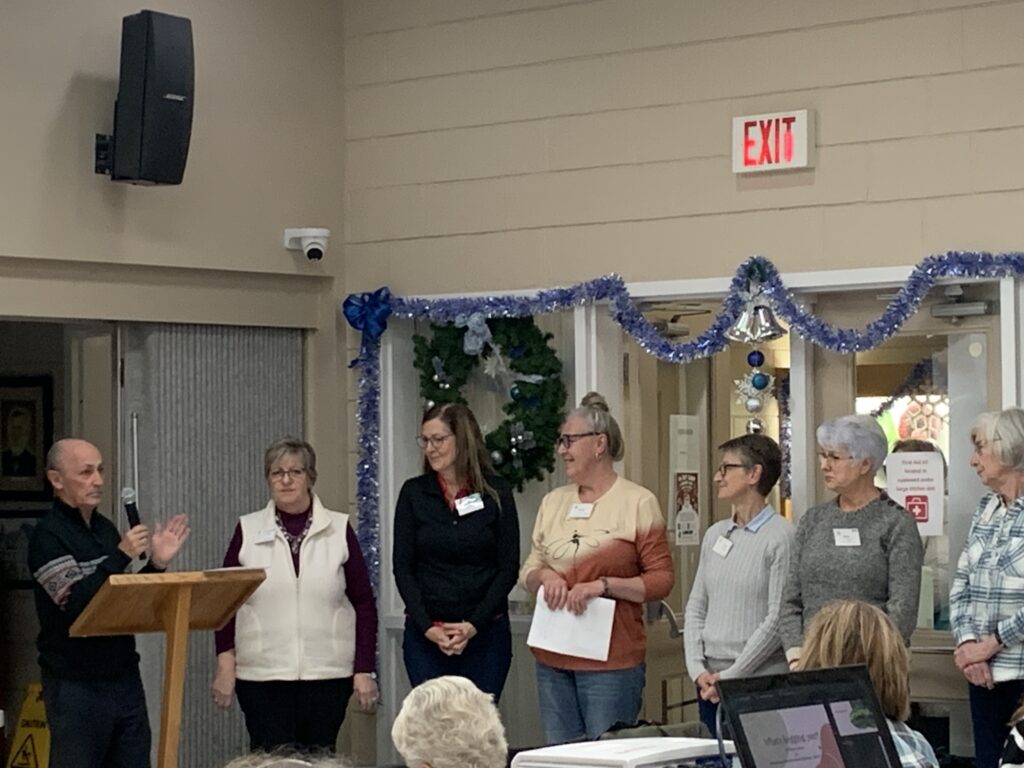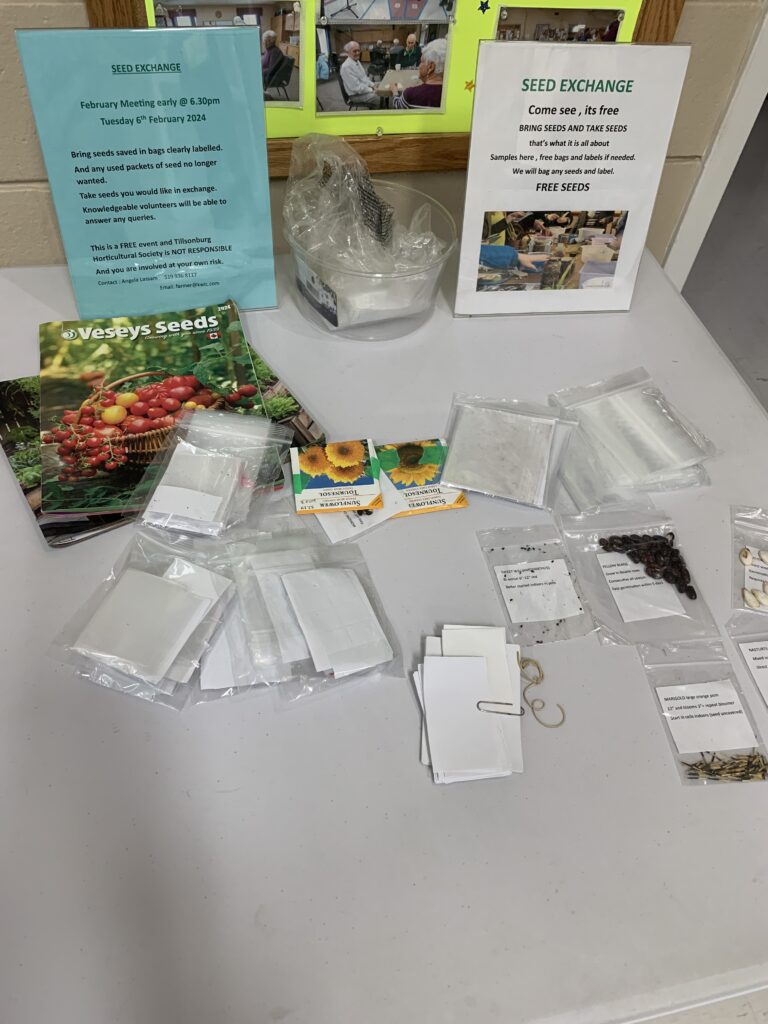When: Tuesday April 2, 2024
Time: 7:30pm
Where: Senior Centre ~ Tillsonburg Community Centre (Entrance with green awning)
Guests are welcome (non-members) to attend for $4.00. The 2024 annual membership at the cost of $20 will be available for purchase. “Come as a guest, stay as a member.”
Guest Speaker: Chris Streib B.SC (Kin), registered physiotherapist and owner of Talbot Trail Physio in Aylmer.
Chris will present “Bend like a Sapling, Don’t Break like a Twig…”
The importance of warming up and stretching before you head out into the garden this spring! Gardening is one of the most popular past times, especially for older people. As we age, injuries can take the pleasure out of our gardens. Chris will help all of us, no matter if we are “mature” gardeners or young, to keep us injury free and back getting our fingers dirty in the garden.
☕️ “Lug A Mug” ~ The THS is encouraging members to bring their own mug for a hot or cold beverage and dessert following the meeting. Be Spotted with a mug, win a prize! Congratulations to Louise, March meeting prize winner.
Next General Meeting ~ May 7, 2024.
IMPORTANT INFORMATION
😷Following Public Health guidelines, there are no COVID vaccine requirements and no masking, though you are welcome to wear a mask, should you feel more comfortable.

